20 Slow-Burn Films That Grew into Beloved Classics
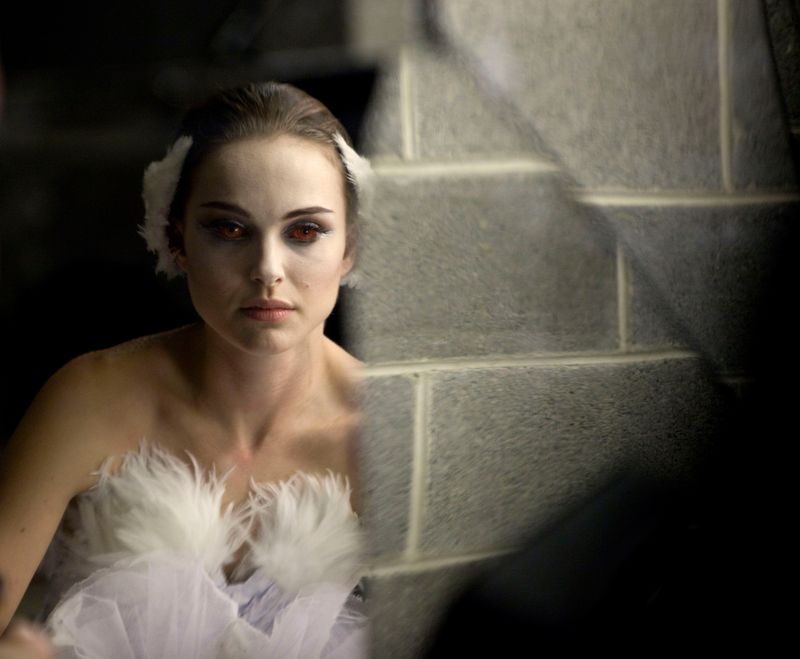
Movies don’t always get the love they deserve right away. Some films start slow, flying under the radar before finding their audience years later. These slow-burn classics often tackle complex themes or use unique storytelling techniques that viewers come to appreciate over time. From mind-bending sci-fi to character-driven dramas, these 20 films prove that sometimes the best stories take time to be recognized.
1. Persona (1966)
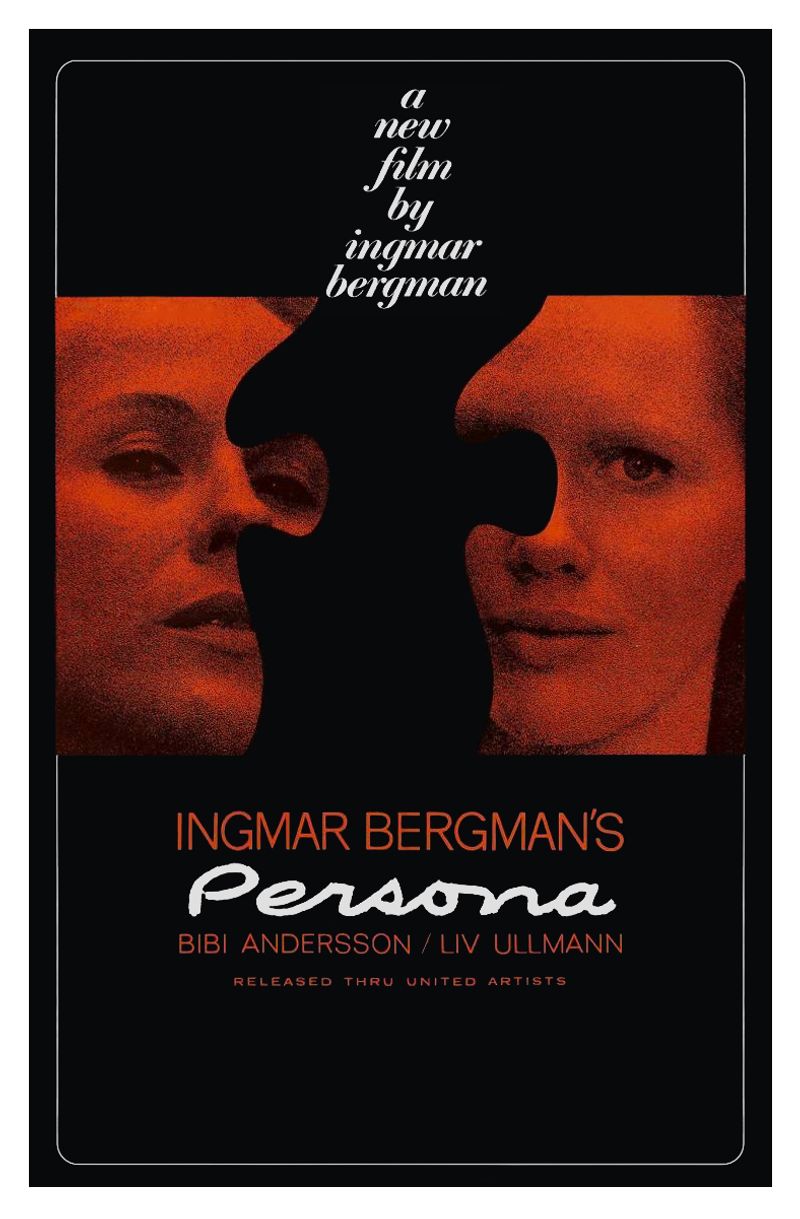
Ingmar Bergman’s psychological masterpiece initially baffled audiences with its experimental approach. A nurse and her mute patient’s identities begin to merge in this haunting exploration of human connection.
Critics praised its artistry but mainstream viewers kept their distance. Over decades, filmmakers and film students discovered its innovative techniques and profound psychological depth.
Today, Persona stands as one of cinema’s most influential works, regularly appearing on ‘greatest films ever made’ lists and inspiring countless directors with its bold visual language and unflinching look at human identity.
2. 2001: A Space Odyssey (1968)
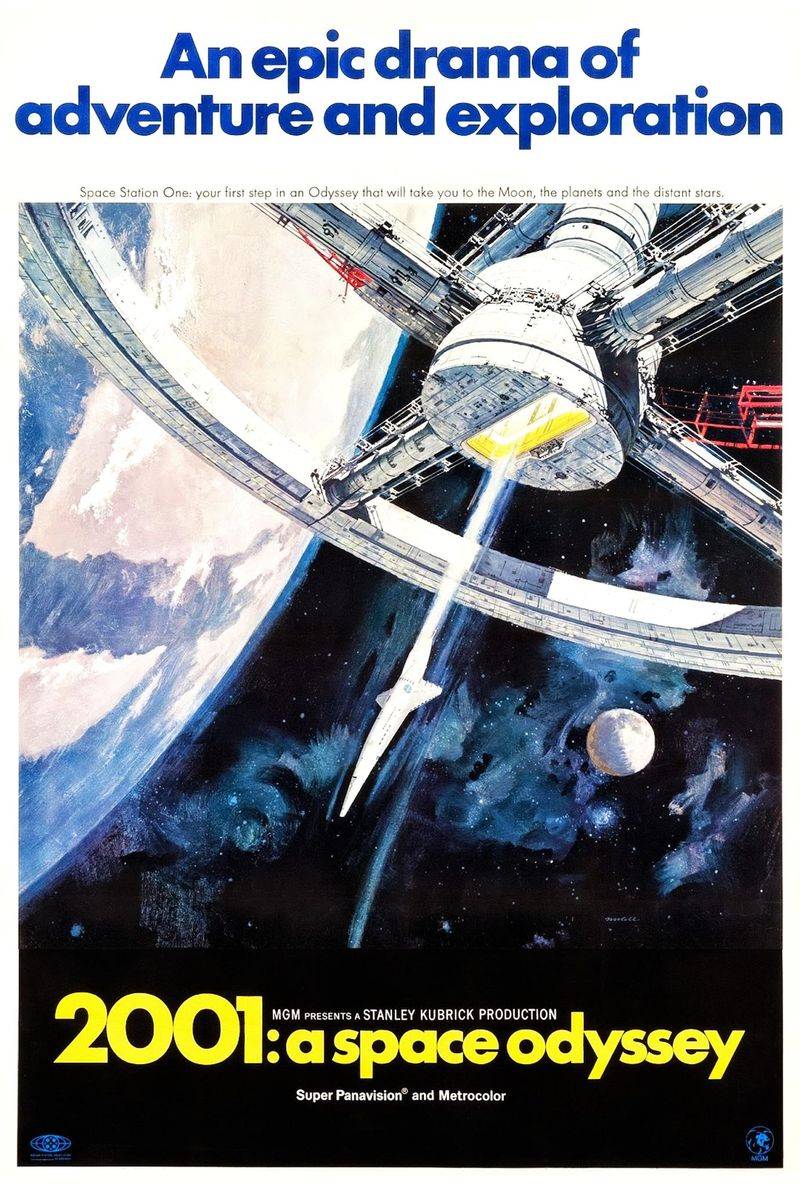
The initial response to Stanley Kubrick’s sci-fi classic was far from unanimous, as its measured storytelling and cryptic ending perplexed many audience members.
The film’s groundbreaking visual effects and minimal dialogue created an experience unlike anything audiences had seen before. College students began midnight screenings, often under the influence, appreciating its cosmic themes and visual splendor.
Fifty years later, its influence remains unmistakable across science fiction. The HAL 9000 computer and the bone-to-spaceship match cut have become iconic symbols in film history, cementing its status as a visionary masterpiece.
3. Paris, Texas (1984)
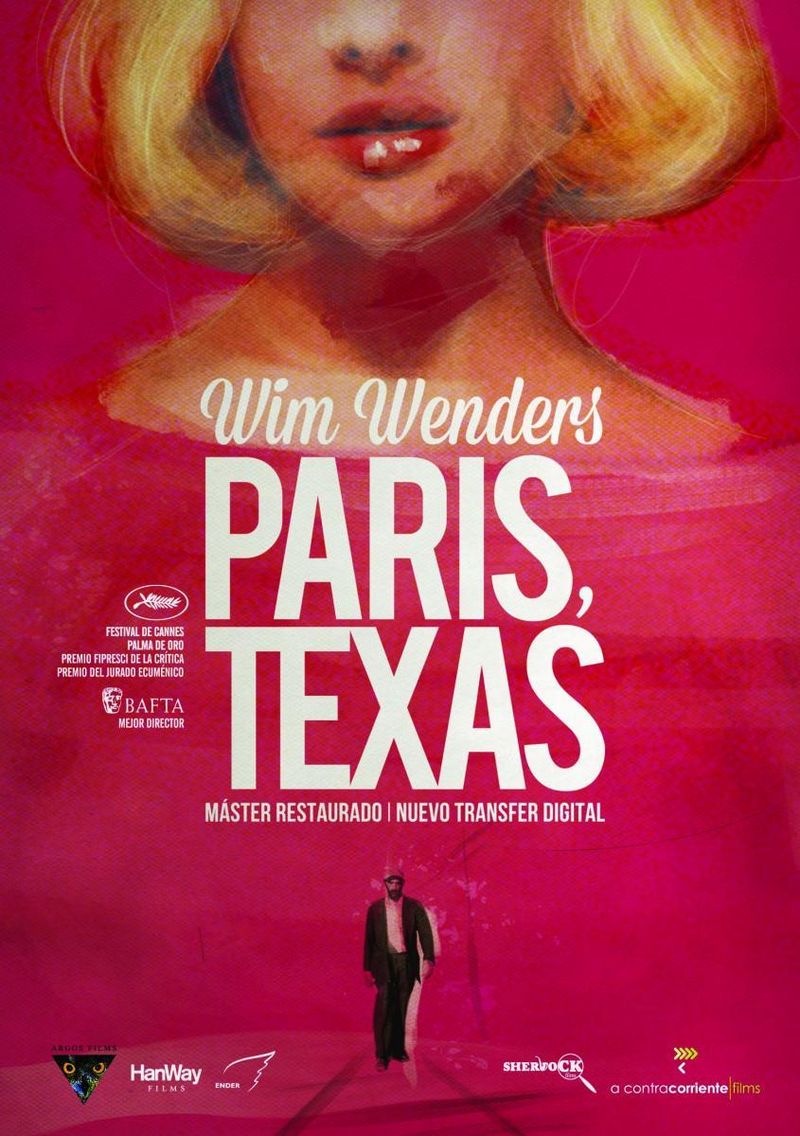
Upon release, Wenders’ road movie about a man’s quest for family connection barely made waves, with Stanton’s ghostly depiction of Travis going largely unnoticed.
The film’s languid pace and sparse dialogue reflected its protagonist’s emotional isolation. Gradually, viewers discovered its emotional power through home video and arthouse revivals.
Film buffs now celebrate its stunning desert cinematography and raw emotional honesty. The famous one-way mirror scene between Travis and Jane remains one of cinema’s most heartbreaking moments, elevating the film to cult classic status.
4. The Spirit of the Beehive (1973)
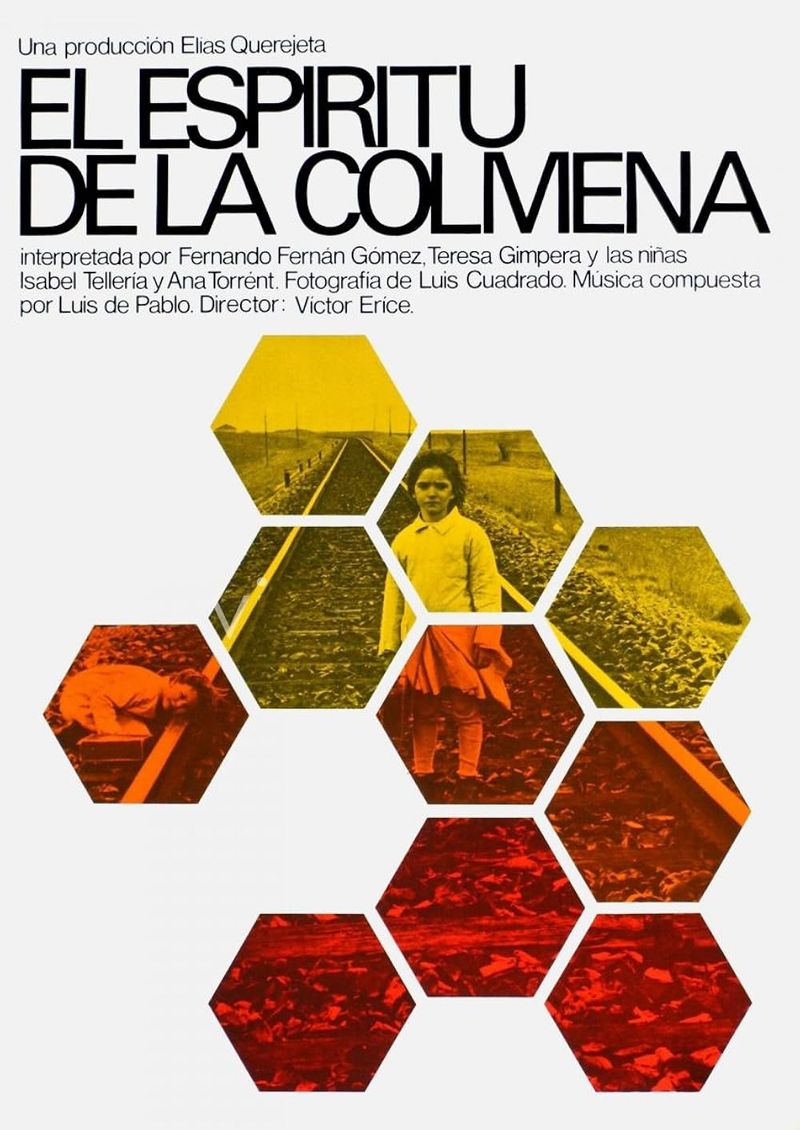
Victor Erice’s Spanish masterpiece follows a young girl obsessed with Frankenstein’s monster in Franco-era Spain. Released during political turmoil, its subtle critique of fascism went unnoticed by censors but also by many viewers.
The film’s dreamlike quality and child’s perspective created a unique viewing experience. Critics eventually recognized its brilliant use of symbolism and the remarkable performance by 6-year-old Ana Torrent.
Film scholars now consider it Spain’s greatest cinematic achievement. Its influence appears in works by Guillermo del Toro and other directors who explore childhood imagination against political backdrops, securing its place in film history.
5. Stalker (1979)
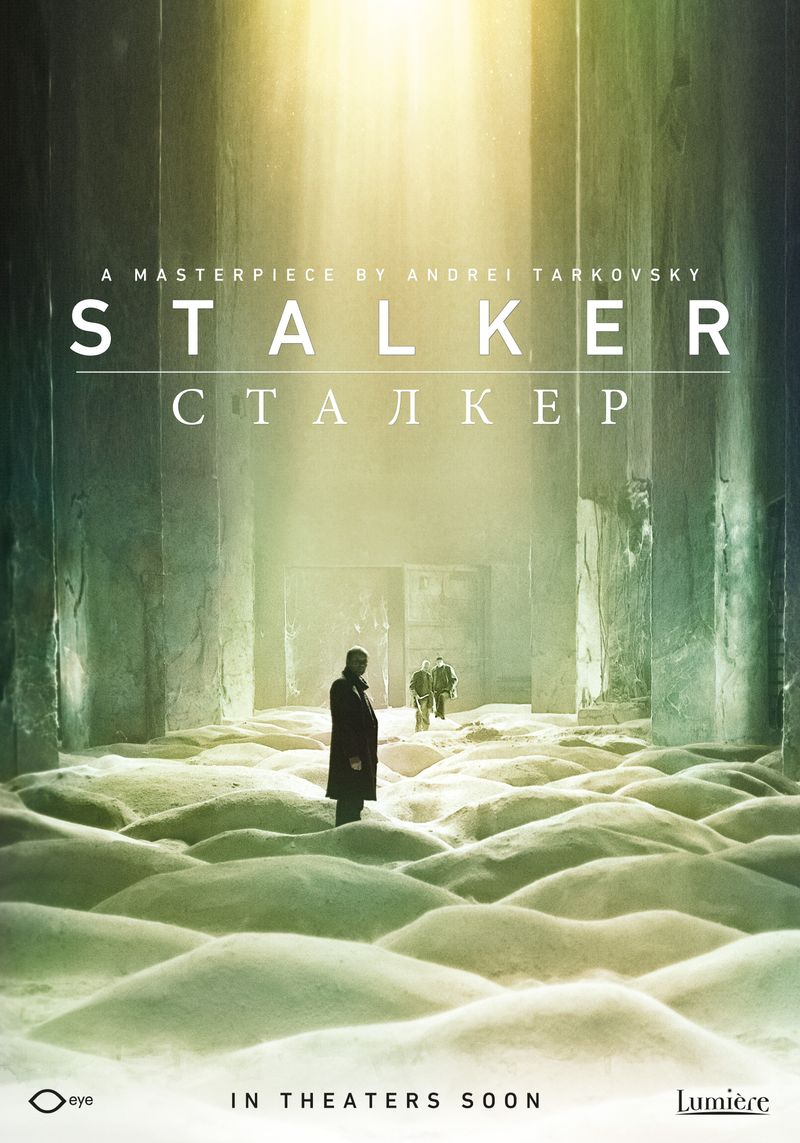
Soviet viewers struggled to connect with Tarkovsky’s lengthy and spiritual film about three men searching for a wish-granting room in a mysterious restricted zone.
Production difficulties and limited distribution kept it from reaching wider audiences. Decades later, cinephiles discovered its hypnotic power through festival screenings and home video releases.
Now recognized as Tarkovsky’s defining work, Stalker influences everything from video games to music. Its patient camera work and philosophical depth have made it essential viewing for anyone interested in cinema as art rather than mere entertainment.
6. Days of Heaven (1978)
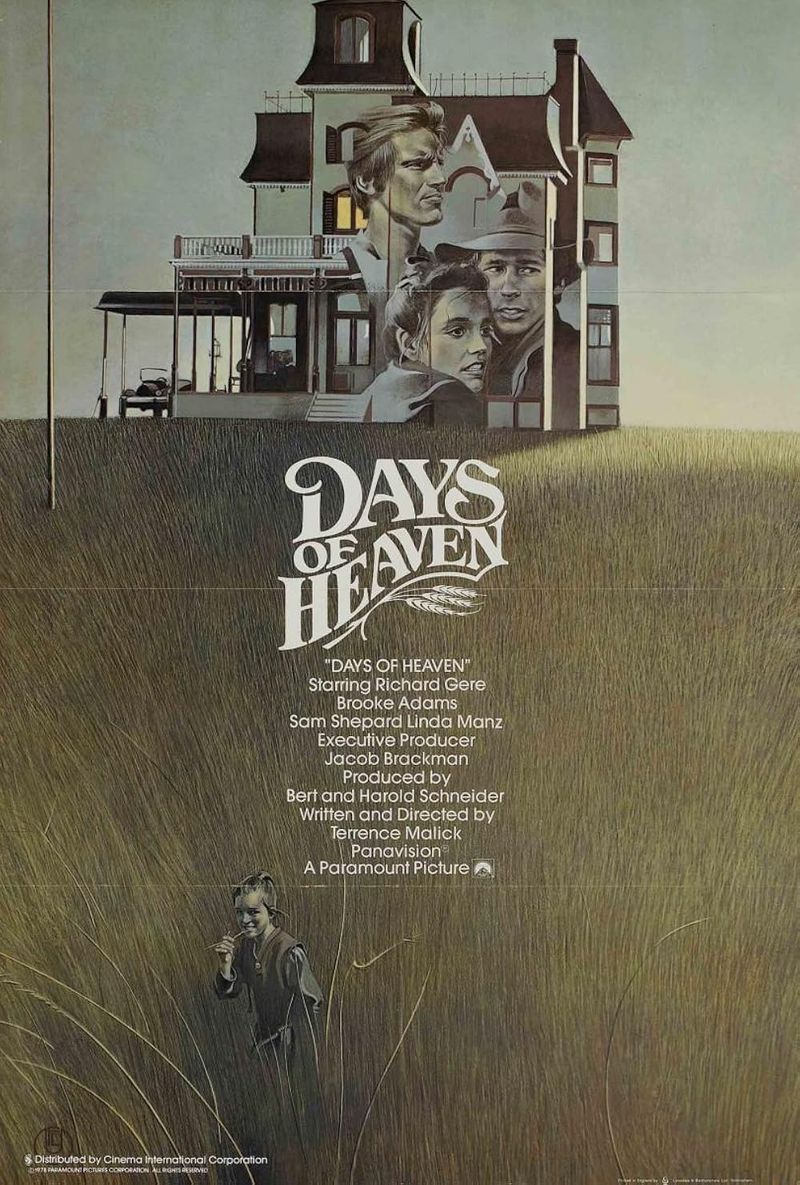
Shot almost entirely during magic hour, Malick’s second feature dazzled with beauty but left many viewers puzzled by its minimalist story of 1916 Texas migrant workers.
Production troubles and Malick’s perfectionism led to a troubled release. Cinematographers and directors, however, became entranced by its revolutionary visual approach and natural lighting techniques.
The film’s reputation grew steadily through the decades. Now celebrated for its breathtaking imagery and poetic approach to American history, Days of Heaven regularly appears on lists of the most beautifully photographed films ever made.
7. The Mirror (1975)
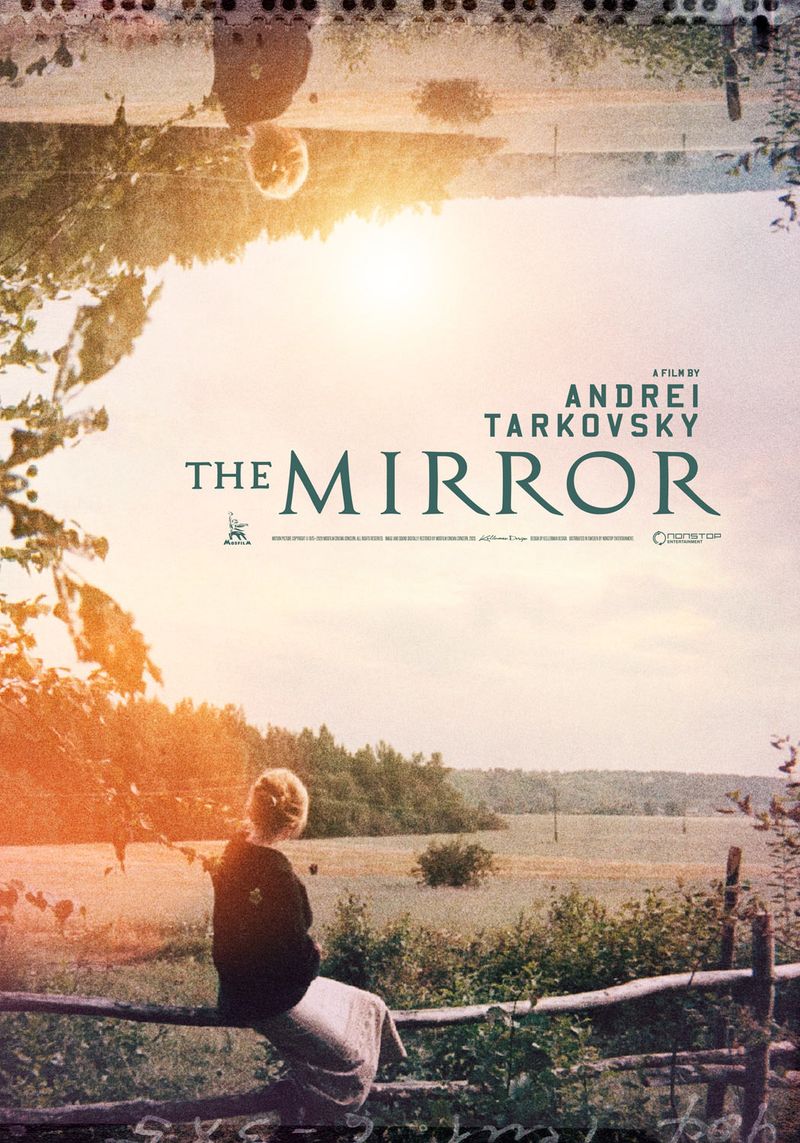
In Soviet Russia, Tarkovsky’s autobiographical work stumbled badly, alienating authorities with its unconventional narrative and confusing viewers with its poetic, fragmented structure.
The film’s revolutionary approach to time and memory created a new cinematic language. Film students and directors gradually discovered its emotional power through underground screenings and academic study.
Today it’s considered a landmark in personal filmmaking. Directors like Terrence Malick and Alfonso Cuarón cite its influence on their work, while viewers connect with its universal themes of childhood and memory despite its initially challenging structure.
8. Barry Lyndon (1975)
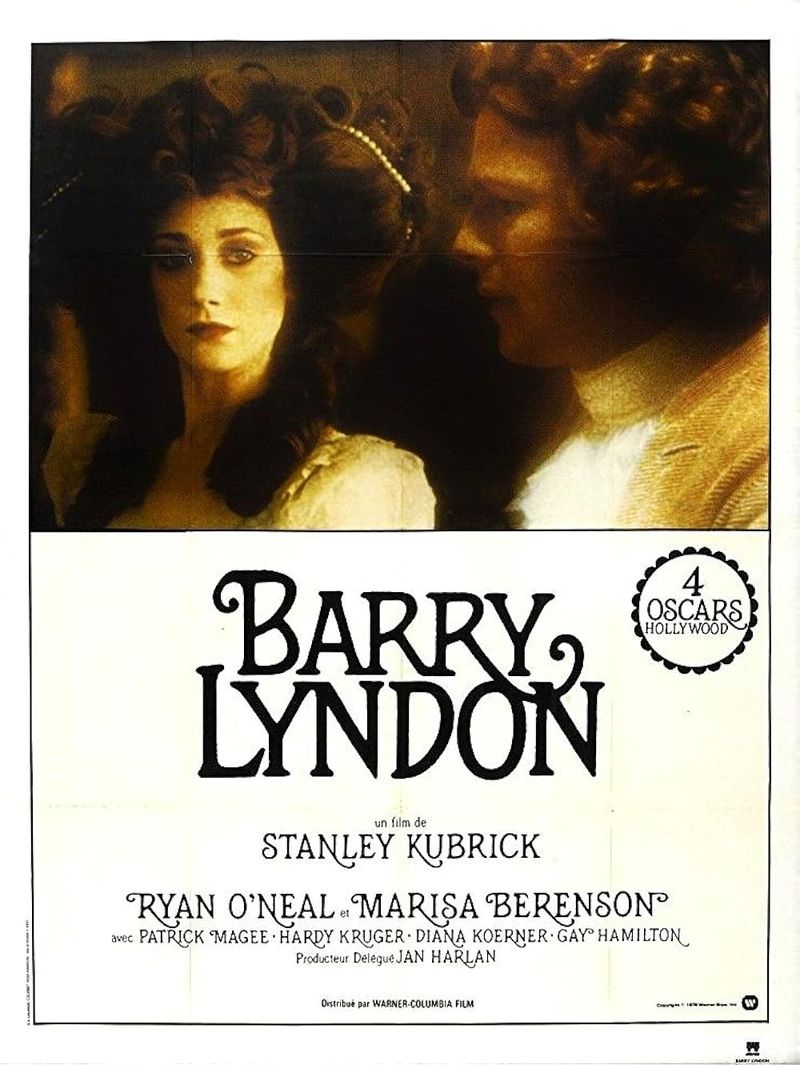
Kubrick’s meticulous period drama about an Irish rogue’s rise and fall left theaters quickly after release. At nearly three hours long with deliberate pacing, viewers expecting another A Clockwork Orange were disappointed.
The film’s revolutionary use of natural candlelight and NASA lenses created unprecedented visual authenticity. Cinematographers and directors studied its painterly compositions while general audiences remained unaware of its existence.
Gradually recognized as Kubrick’s most technically perfect film, Barry Lyndon now stands as a masterpiece of period filmmaking. Its influence appears in everything from The Favourite to Marie Antoinette, cementing its place as a visual benchmark for historical dramas.
9. The Elephant Man (1980)
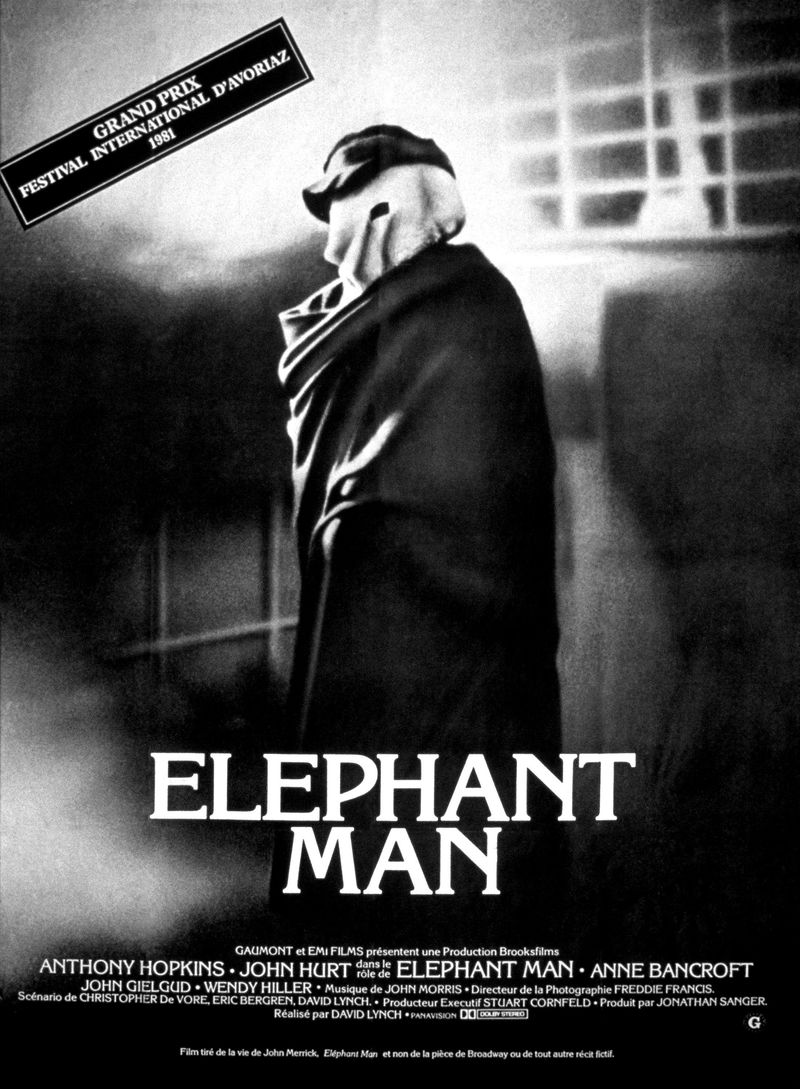
While critics applauded Lynch’s film about Joseph Merrick, the challenging subject matter and assumptions of exploitation kept many mainstream viewers away.
John Hurt’s remarkable performance gradually attracted viewers through word of mouth. The film’s striking black-and-white cinematography and emotional honesty gave it staying power beyond initial release.
Now considered Lynch’s most accessible masterpiece, it demonstrates his humanistic side. The famous “I am not an animal!” scene remains one of cinema’s most powerful statements on human dignity, elevating the film from biographical drama to timeless meditation on compassion.
10. There Will Be Blood (2007)
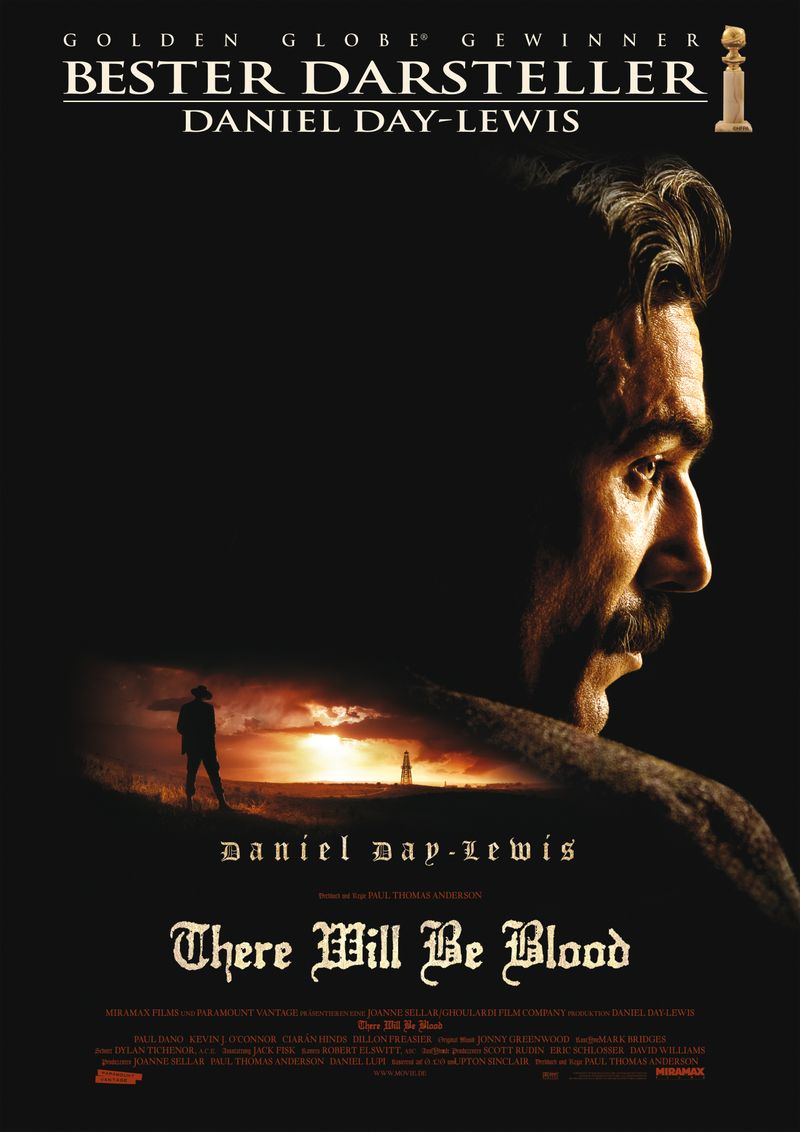
The uncompromising nature of Anderson’s oil industry epic and Day-Lewis’s intense Daniel Plainview left many viewers unsettled and divided.
Film enthusiasts gradually recognized its ambition and technical brilliance. The oil derrick fire sequence and Jonny Greenwood’s unsettling score created an atmosphere unlike any other American film of its era.
Fifteen years later, its quotable lines and unforgettable milkshake scene have become cultural touchstones. Critics now regularly rank it among the greatest American films of the 21st century, with Day-Lewis’s performance considered one of cinema’s most towering achievements.
11. In the Mood for Love (2000)

Wong Kar-wai’s lush romance about neighbors who discover their spouses are having an affair received limited international distribution. Western audiences unfamiliar with Hong Kong cinema initially overlooked its subtle emotional power.
The film’s gorgeous cinematography and pitch-perfect performances by Maggie Cheung and Tony Leung gradually found appreciative viewers. Its innovative use of slow motion, vibrant colors, and Christopher Doyle’s masterful camerawork created an unforgettable visual experience.
Now recognized as one of the greatest films of the 2000s, its influence extends beyond cinema into fashion and music videos. The restrained portrayal of unfulfilled desire has made it the definitive cinematic statement on longing and missed connections.
12. No Country for Old Men (2007)
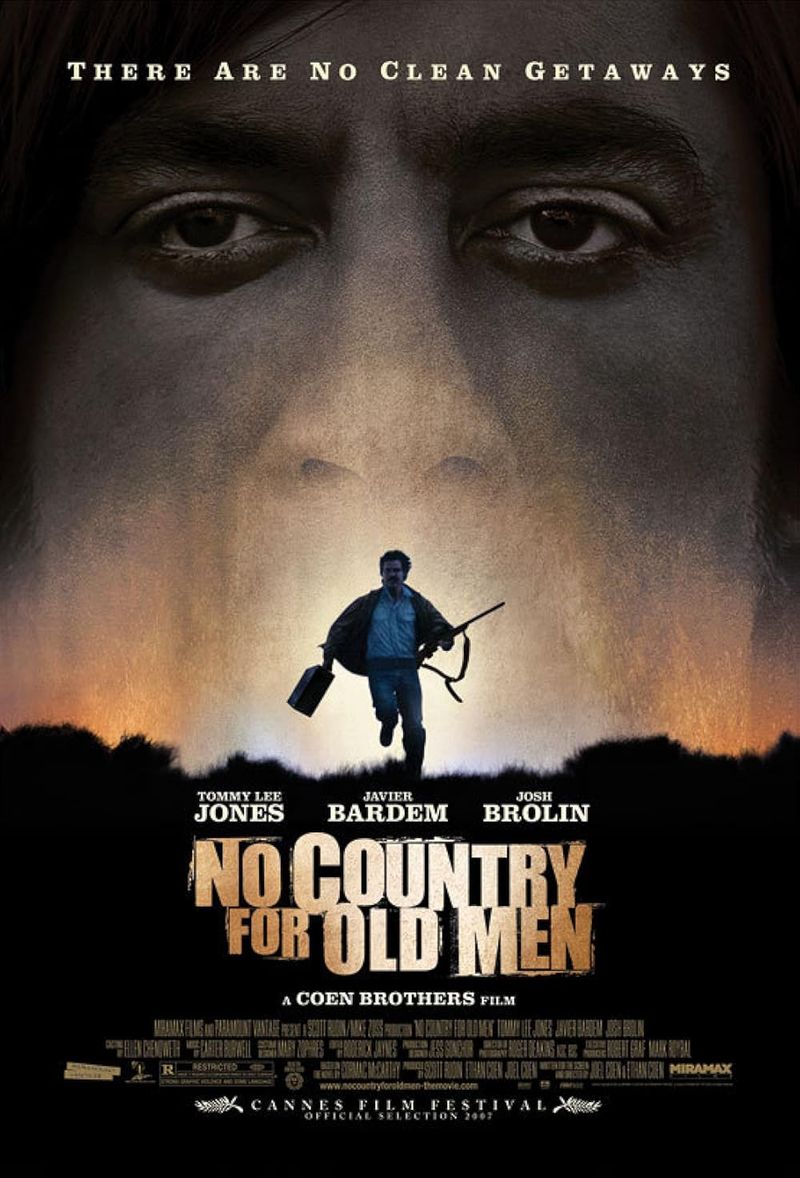
With its abrupt conclusion and dark perspective, the Coen brothers’ film divided audiences, who struggled with Anton Chigurh’s merciless presence.
Gradually, viewers began appreciating its perfect craftsmanship and philosophical depth. Javier Bardem’s portrayal of Chigurh became one of cinema’s most terrifying villains, with his coin toss scene entering film history.
Film schools now teach it as a masterclass in tension and visual storytelling. Its unflinching look at the changing American West and the nature of violence has elevated it from controversial thriller to essential American classic, influencing countless crime dramas that followed.
13. Lost in Translation (2003)
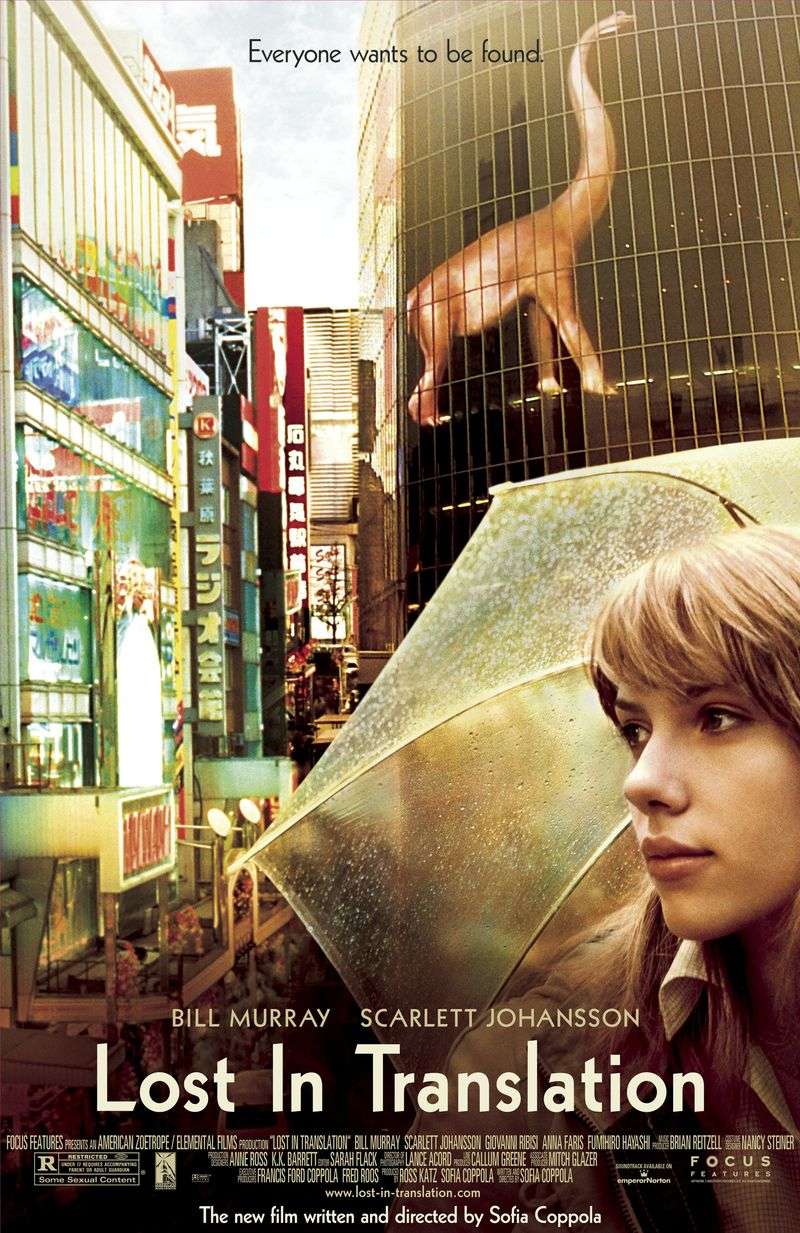
The gentle narrative of Coppola’s film about Americans connecting in Tokyo was dismissed by some as too light, its understated plot and soft final scene sparking questions.
Bill Murray’s career-redefining performance gradually attracted viewers beyond arthouse audiences. The film’s exploration of isolation, cultural displacement, and brief human connections resonated more deeply as people rewatched it.
Twenty years later, its melancholy mood and gorgeous Tokyo cityscapes have made it a defining film of its generation. Murray and Scarlett Johansson’s platonic romance captured something rare in cinema—the beauty of a relationship that doesn’t need traditional resolution to be meaningful.
14. The Prestige (2006)
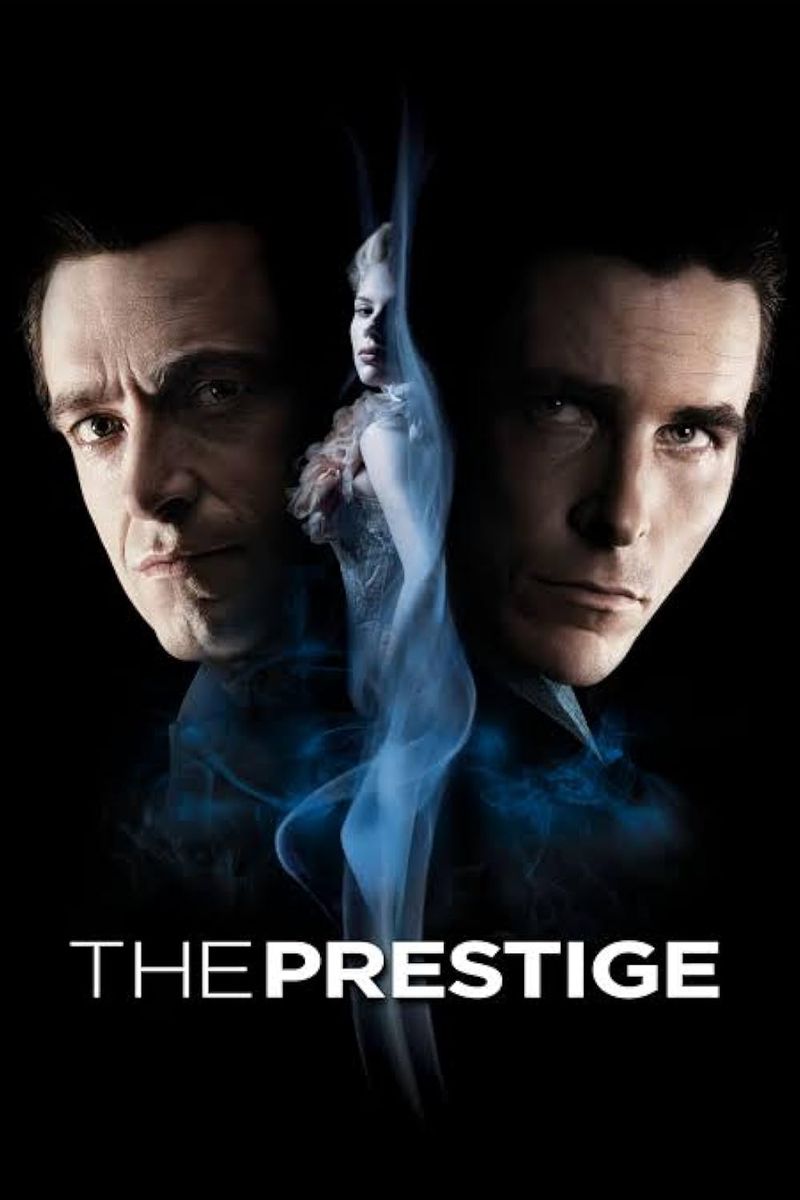
Christopher Nolan’s twisty tale of rival magicians was overshadowed by other 2006 films about magicians. Many viewers missed its intricate plotting and thematic depth on first viewing.
The film’s layered structure mirroring a magic trick itself rewarded repeat viewings. Fans began noticing countless hidden clues and foreshadowing moments that enhanced appreciation of its craftsmanship.
Now considered among Nolan’s finest works, its exploration of obsession and sacrifice continues to gather new admirers. The final reveal remains one of cinema’s most shocking twists, elevating what seemed like a period thriller into a profound meditation on the cost of greatness.
15. Nocturnal Animals (2016)
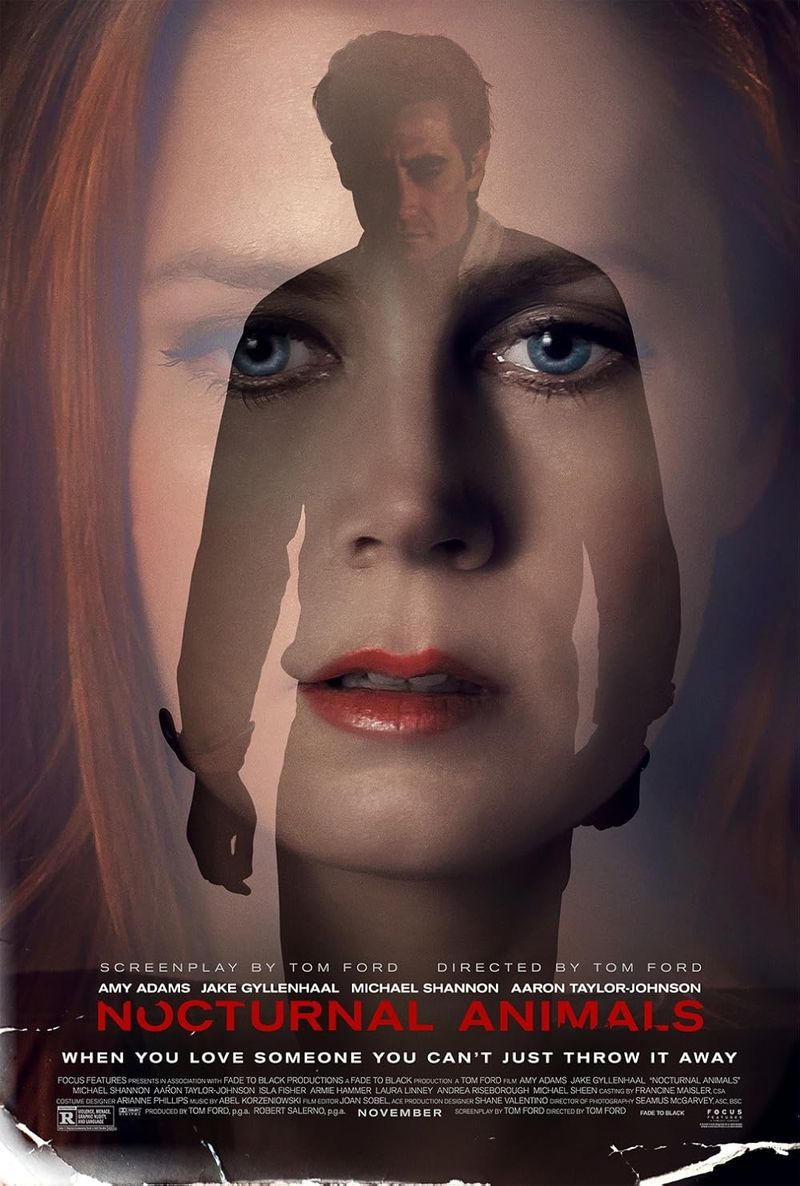
Many were unsettled by the juxtaposition of glamor and brutality in Ford’s revenge thriller, compounded by a confusing nested storyline.
The film’s complex narrative about art, regret, and revenge revealed deeper meanings through discussion and analysis. Jake Gyllenhaal’s dual performance and the film’s striking visual contrasts between Texas wasteland and LA luxury gained appreciation over time.
Five years later, it’s recognized as a uniquely disturbing examination of emotional cruelty. The opening credits sequence alone—featuring plus-sized women dancing naked—announced a film determined to provoke and challenge viewers rather than provide easy entertainment.
16. The Social Network (2010)
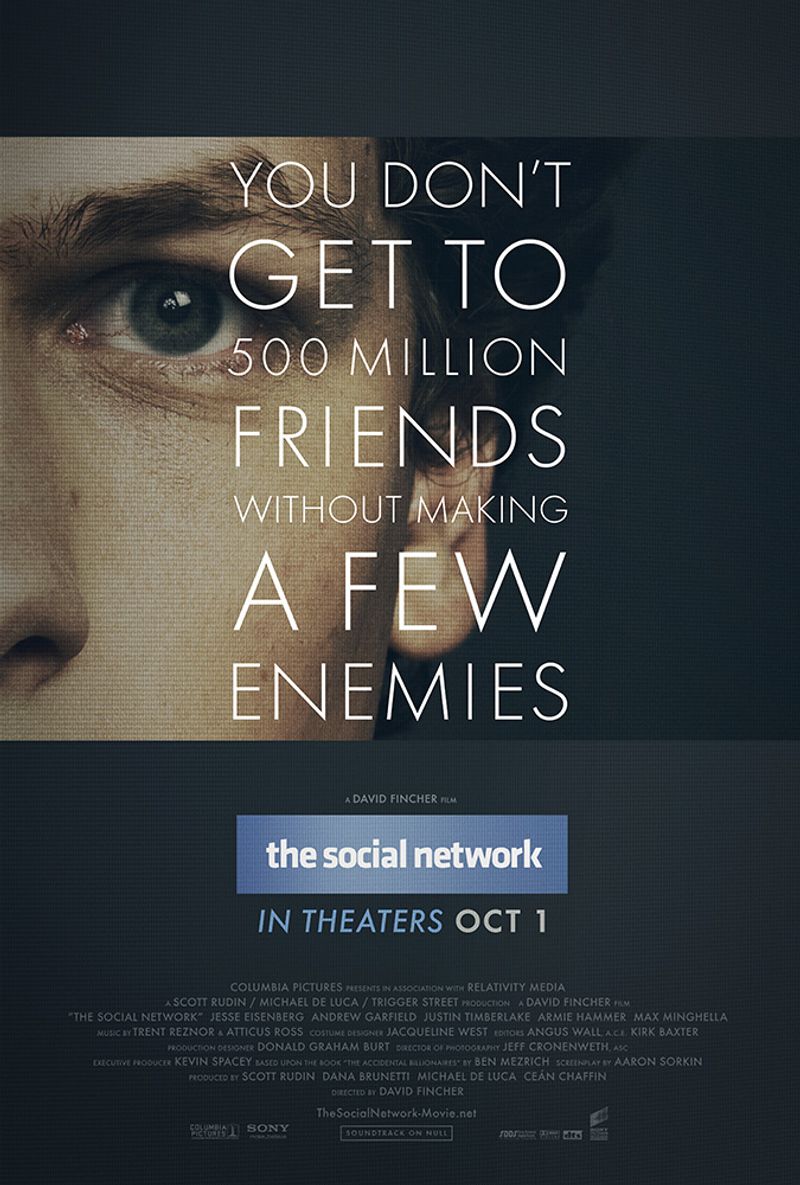
When Fincher’s film about Facebook first came out, viewers often overlooked its deeper exploration of power and isolation, reducing it to merely “the Facebook movie.”
Jesse Eisenberg’s portrayal of Mark Zuckerberg as a brilliant but wounded antihero gradually gained appreciation. Aaron Sorkin’s razor-sharp dialogue and Trent Reznor’s innovative score created a film that felt both classical and utterly contemporary.
As Facebook’s influence grew more controversial, the film’s warnings about technology’s human cost seemed increasingly prophetic. Now viewed as one of the defining films of the internet age, it’s studied as both brilliant filmmaking and surprisingly accurate social commentary.
17. Ex Machina (2014)
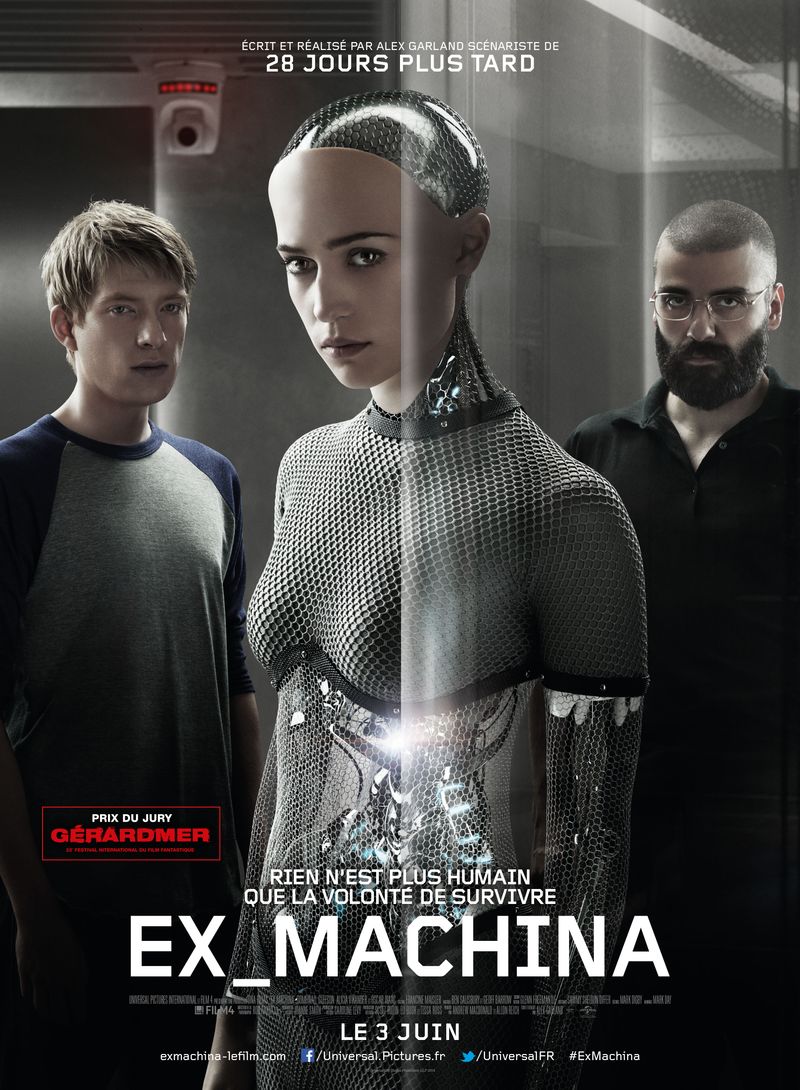
The philosophical themes of Garland’s AI-focused film limited its reach, with mainstream viewers struggling to connect to its complex questions about consciousness and gender.
The film’s claustrophobic setting and Oscar Isaac’s unsettling tech bro performance created a uniquely menacing atmosphere. Alicia Vikander’s breakthrough role as Ava the AI gradually attracted viewers through streaming platforms and word of mouth.
Now considered a modern sci-fi classic, its exploration of AI ethics seems increasingly relevant. The famous disco dance scene provides an unexpected moment of levity in an otherwise tense examination of humanity’s relationship with technology, exemplifying the film’s unique tonal balance.
18. Moon (2009)
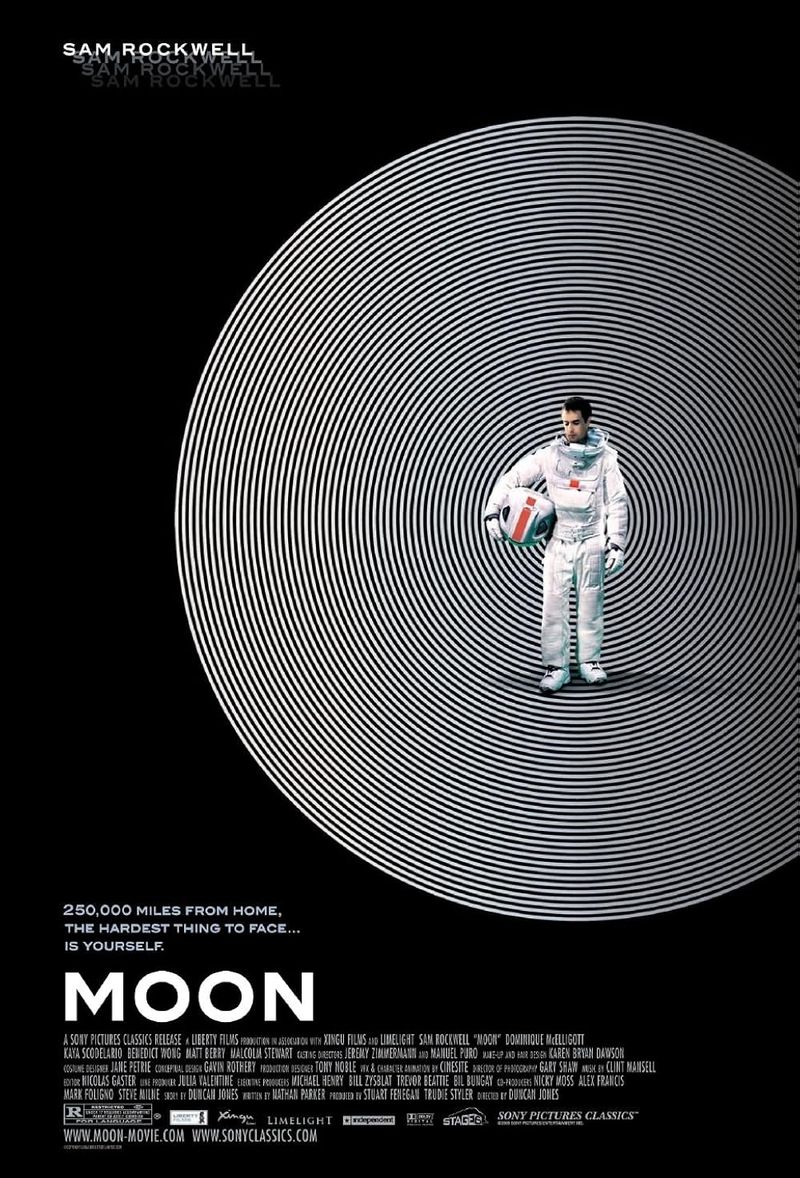
Despite Sam Rockwell’s intense lead performance, Duncan Jones’ low-budget sci-fi about a lonely miner on the moon barely reached viewers during its initial theatrical run.
Science fiction fans gradually discovered its thoughtful approach to identity and isolation. The film’s practical effects and model work created an authentic lunar experience without relying on expensive CGI.
Fifteen years later, Moon stands as proof that intelligent sci-fi doesn’t need massive budgets. Its exploration of corporate ethics and what makes us human continues to resonate with new viewers, while Rockwell’s performance interacting primarily with himself remains a masterclass in acting.
19. Black Swan (2010)
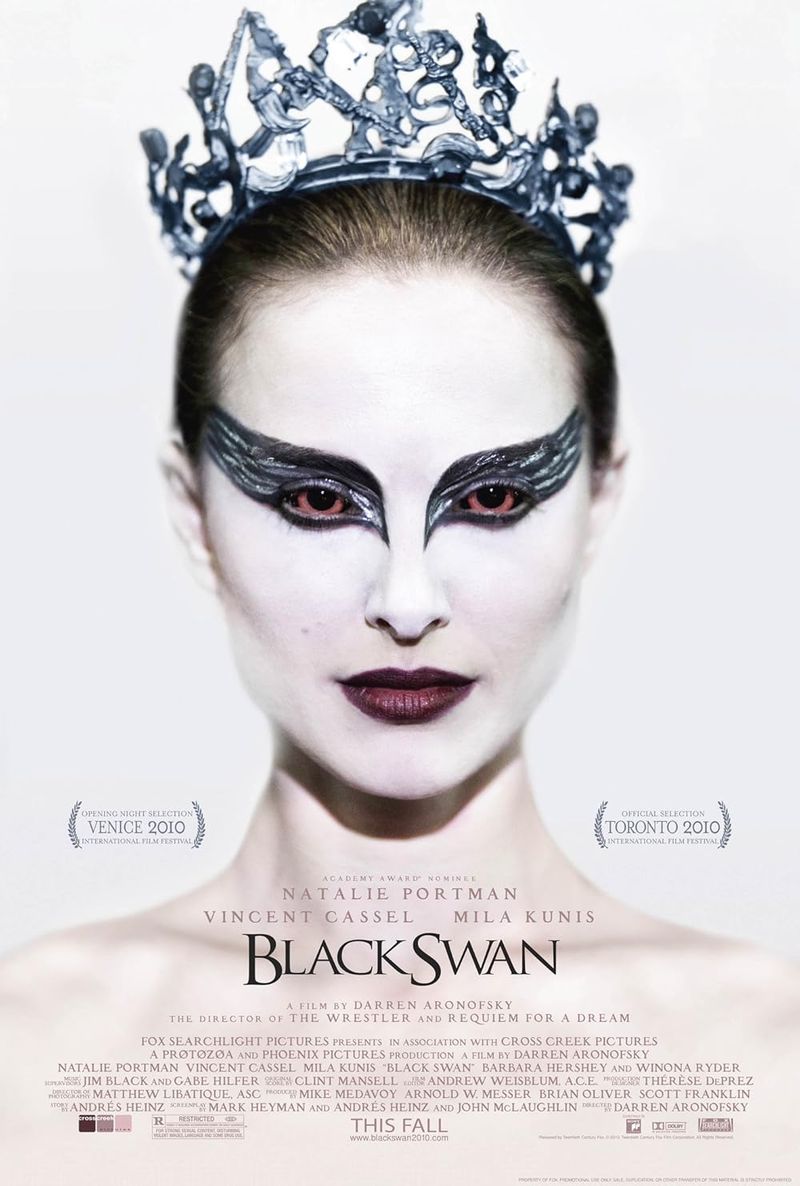
Many viewers were split over Aronofsky’s fusion of art house cinema and body horror in the story of a dancer’s descent into madness.
Natalie Portman’s Oscar-winning performance gradually attracted wider appreciation. The film’s exploration of perfectionism and artistic sacrifice resonated particularly with creative professionals who recognized its emotional truths.
Now considered a defining psychological thriller of its era, its influence appears in music videos, fashion, and other films. The transformation sequence remains one of cinema’s most visceral depictions of an artist losing herself in a role, making visible the often invisible psychological toll of creative pursuits.
20. Gone Girl (2014)
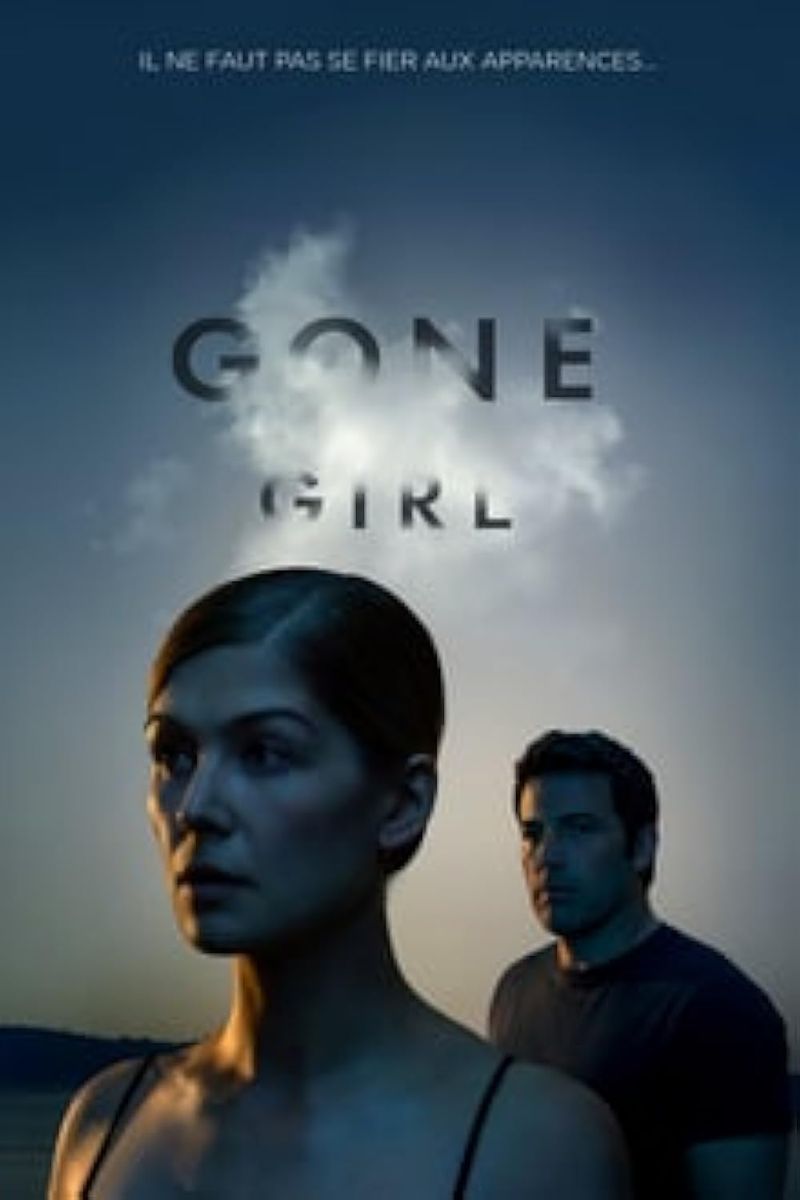
David Fincher’s adaptation of Gillian Flynn’s bestseller initially faced criticism for its seemingly misogynistic elements. The film’s mid-point twist and morally ambiguous characters left some viewers cold.
Rosamund Pike’s chilling performance as Amy Dunne gradually became recognized as one of the decade’s most complex female characters. The film’s dark satire of media coverage and marriage gained appreciation through repeat viewings and cultural discussions.
Now celebrated for its pitch-black humor and subversion of gender expectations, Gone Girl has transcended its thriller origins. The “Cool Girl” monologue has entered the cultural lexicon, while the film’s unflinching look at toxic relationships continues to spark debates about modern marriage.

Comments
Loading…